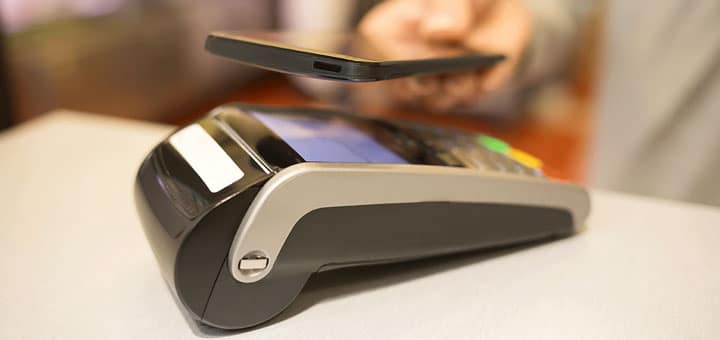Sign up for restaurant insights
Restaurants live and die by customer experience. You don’t need us to tell you that.
But even restaurants that place a maniacal focus on the customer will occasionally drop a ball when juggling customer service alongside food quality, staff management and other critical elements of the daily workflow.
Here are four of the most common pet peeves from restaurant customers. Be prepared to prevent them – or respond to the customer appropriately. Most importantly, don’t let one slip-up undermine an otherwise great customer experience.
Sticky situations
Diners expect clean – clean tables, clean floors, clean staff. Anything less can prompt a complaint. For sit-down diners, top pet peeves include tables that weren’t completely bussed following the last group of diners, and plates or silverware that need re-washing. While it’s easy to miss a small step like wiping down sticky plastic menus during the lunch rush, make these small tasks a priority to keep your diners happy.
Clean applies to delivery, too. Invest in proper delivery packaging and instruct your drivers on how to properly secure orders in their vehicles to make sure meals arrive clean and intact. For tips on proper food packaging, see our recent blog post here.
Food getting cold
Diners want meals to arrive hot and stay that way throughout the meal. Some dishes, such as pasta and eggs, cool down soon after they’re done cooking. For dine-in customers, plate the items that are likely to cool down easily last – right before the food is delivered to the table – and consider heating plates to keep food warm. Just make sure to warn your diners about any hot plates.
For delivery orders, take stock of your menu. Are there any items that won’t hold up well with a 20-30 minute delivery window? If so, scratch these items from the delivery menu and save them for sit-down diners. Proper delivery packaging is also important for keeping food warm. For any warm orders, use insulated packaging and insulated delivery bags.
Poor customer service speed
When training your wait staff, it’s important to strike the right balance when it comes to speed of waiter service. For example, what your wait staff thinks of as attentive might come off as rushed. On the other hand, some customers are equally irked with slow customer service. This can include taking too long to be seated, long wait times to place an order and slow drink refills.
Striking this balance also applies to takeout and delivery orders. If your staff rushes a customer through a phone order, they might miss important instructions. On the other hand, a customer who keeps getting empty ringing or hold music might turn to a competitor with faster service.
Incorrect orders
Nothing is worse than when a customer gets their meal and it’s not (exactly) what they had ordered. Being able to handle substitutions and special requests properly is critical to delivering an excellent dining experience.
For takeout and pickup orders, consider implementing an online ordering system. By receiving orders electronically, you remove language barriers, phone reception issues and even human error from the equation, meaning improved order accuracy.
And for orders placed in-house, train wait staff and front-of-house employees to confirm special instructions both with customers and the kitchen to ensure that nothing slips through the cracks.
Ready to reach new customers and grow your business with Grubhub? Sign up today!






